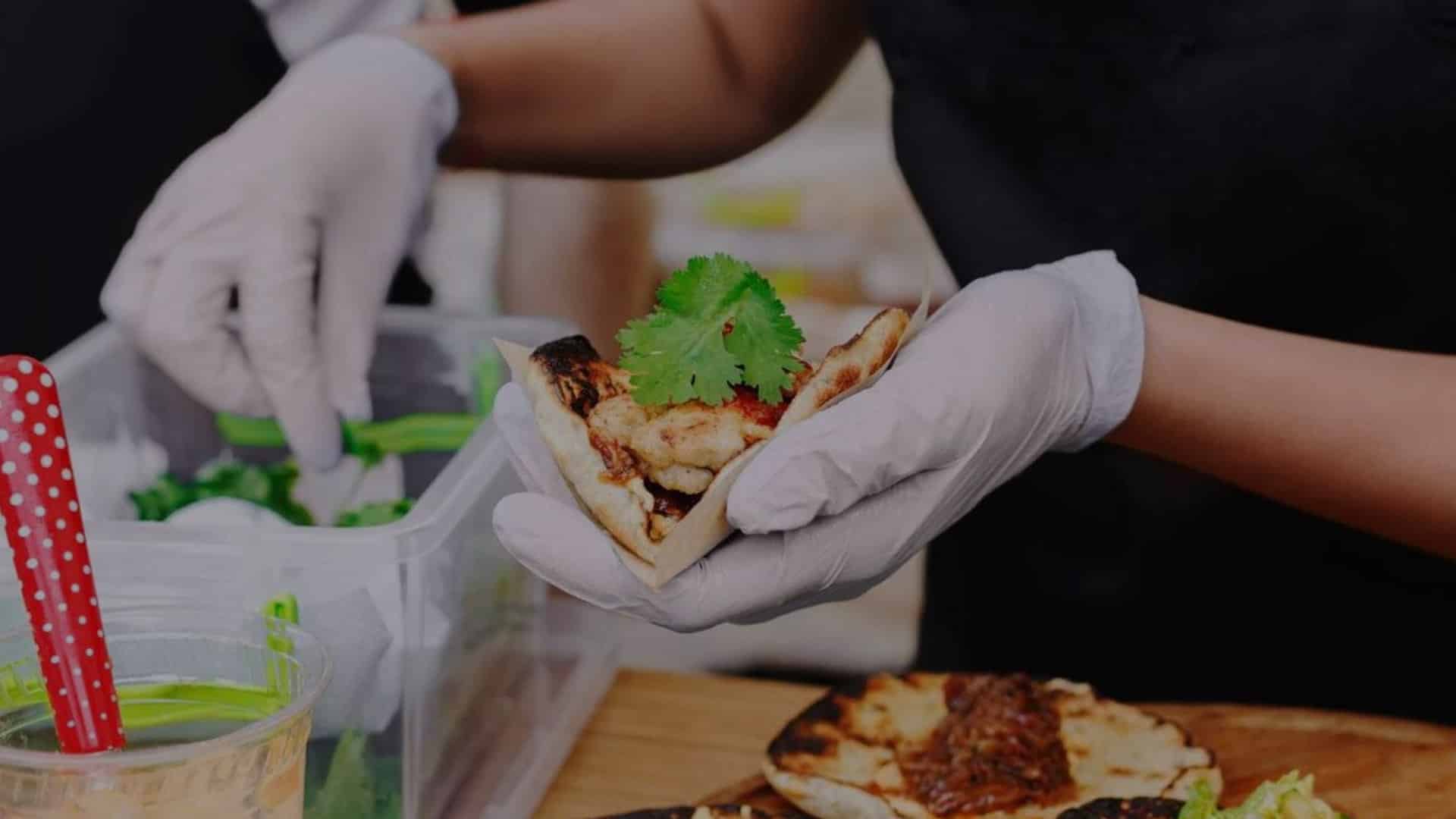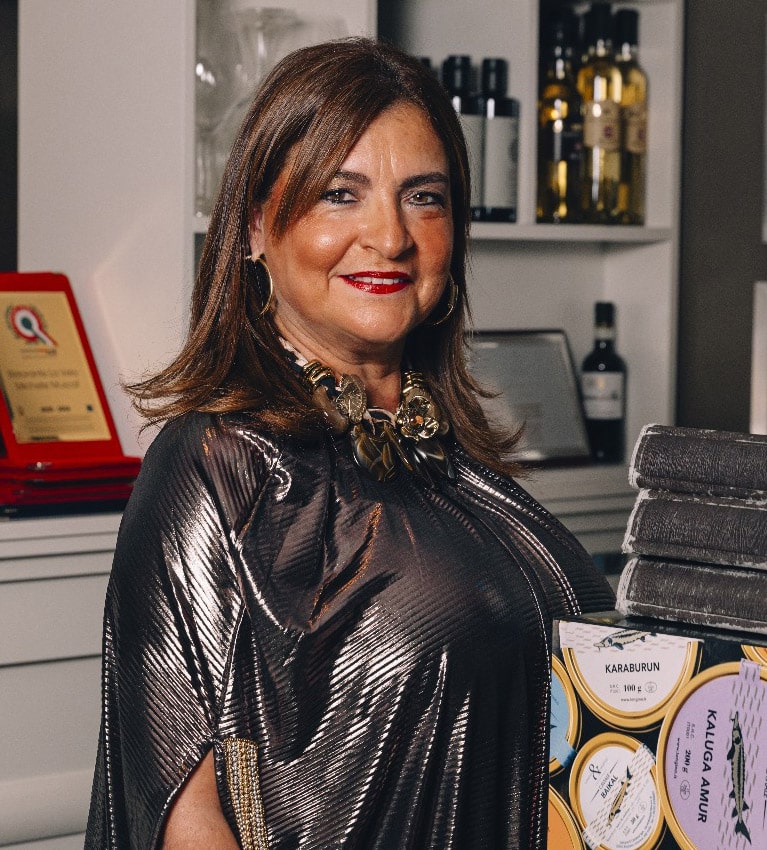
Food Safety Does Not Occur Naturally

Denis Jin Young L. – A Journey with a Seasoned Consultant
March 8, 2024
Optimistic Outlook – But Mounting Challenges
March 10, 2024Although food safety is taken for granted by many, it does not occur naturally. Food safety management is an integral part of the food service industry which is governed by the General Food Law and also by the moral duty of serving clients only safe food.
So what is safe food really? Well, besides the most common practices which many think are the extremely important, like for example temperature control, which is actually a very important factor to food safety, other equally or more important factors are traceability and reputable suppliers who have a food safety management system in place, which can be verified through audit certification provided when requested.
The current General Food Law has been with us for the past twenty plus years and provides the most important general principle in the risk analysis principle: food law must be science-based. Other general principles include protection of consumers’ interests, public consultation throughout the decision-making cycle, and the right of the public to be informed where there are reasonable grounds to suspect that a food may present a risk to human health.
This all seems very complicated. No, not really. The Food Safety Law puts the onus of food safety on everyone involved in food production ‘from farm to fork’, and at all stages of production, processing and distribution of food. The food safety system requires that the chain is checked one step back and one step forward.
This means that food that arrives at any production stages needs to be checked for safety and when this safety is in doubt the product should not be allowed to go forward into the next step of production. For example, when a product has been identified as unsafe for human consumption, as we experienced a few years ago when eggs from local farms were found to contain fipronil, these were ordered not to be used. In this example no temperature control was involved making traceability more important as a principle which allows tracking hazardous foods.
A scenario which one has to visualise is that should a recalled product be allowed to go forward into the food production chain, the consequences could bring about serious health issues. Again for example, should the hazardous eggs have been used in industrial cake making, then the hazardous substance would have been spread even further than our shores.
The most common reaction is that one assumes that food supplied is safe. General requirements mainly addressed to food business operators relating to their own controls to check compliance with EU and national food law, food safety, traceability and withdrawals/recalls of unsafe food.
So if one does not apply the basic principle of traceability, how can one be in a position to know what went into the food produced in the eventuality of a recall of a particular food or ingredient. Again here traceability has shown its importance as a main food safety principle.
The food industry is complex and a product which one might think comes from a specific country might contain ingredients coming from a variety of other countries. To synergise this fact, many, almost all countries in the world have agreed to use a common food safety tool called HACCP (Hazard Analysis Critical Control Point) which is a relatively simple approach to food safety however it has been misunderstood due to lack or poor knowledge of those who complicate matters.
Where HACCP is highly focused on food safety controls, the paperwork is often minimal. Each and every food operator, including the staff in our kitchens, is responsible for the safety of food which must not have an ill effect on their customers’ health.
Article written by Dr Paulino Schembri, on behalf of the Malta Chefs Society.

Dr Paulino Schembri D. Prof, MSc. (UCLan) is a food safety management systems consultant specialising in HACCP, working for the local industry. He is a lecturer at the University of Malta, University of Central Lancashire and Coordinator of the Master Chefs Diploma at the Institute of Tourism Studies.
Click here to see Horeca Issue 14 online



